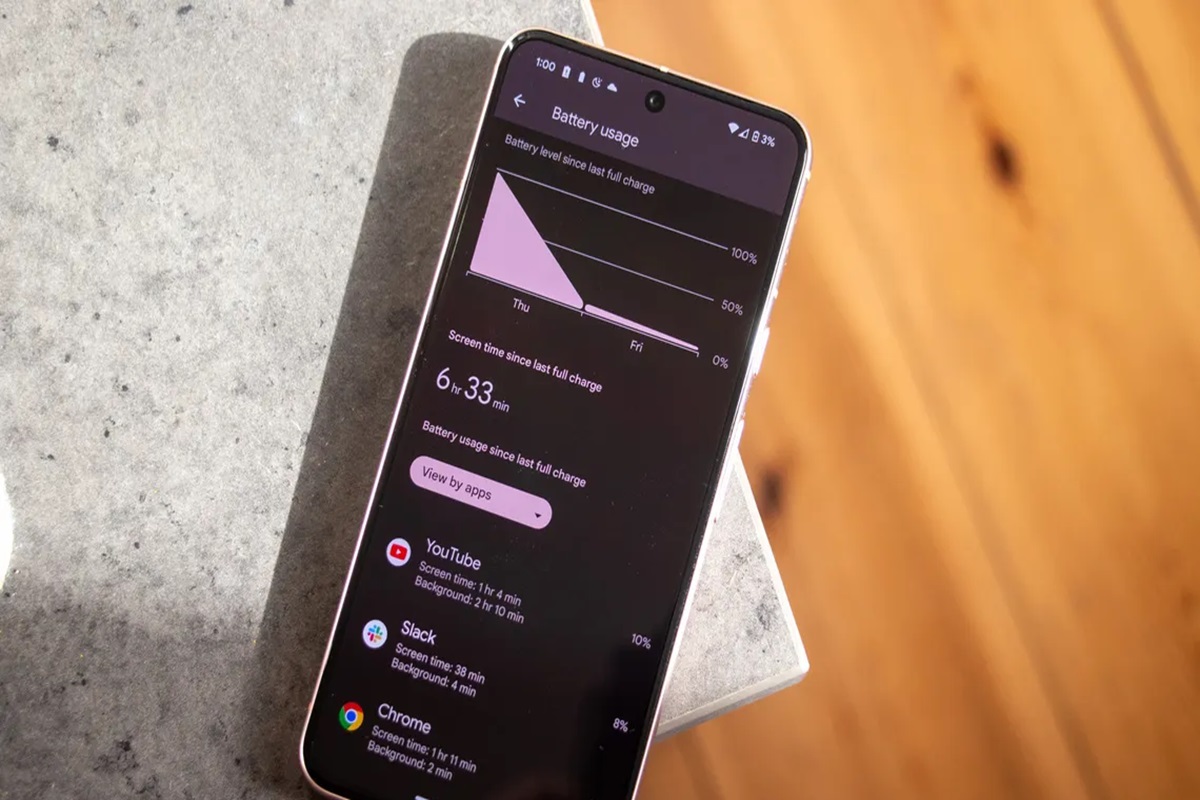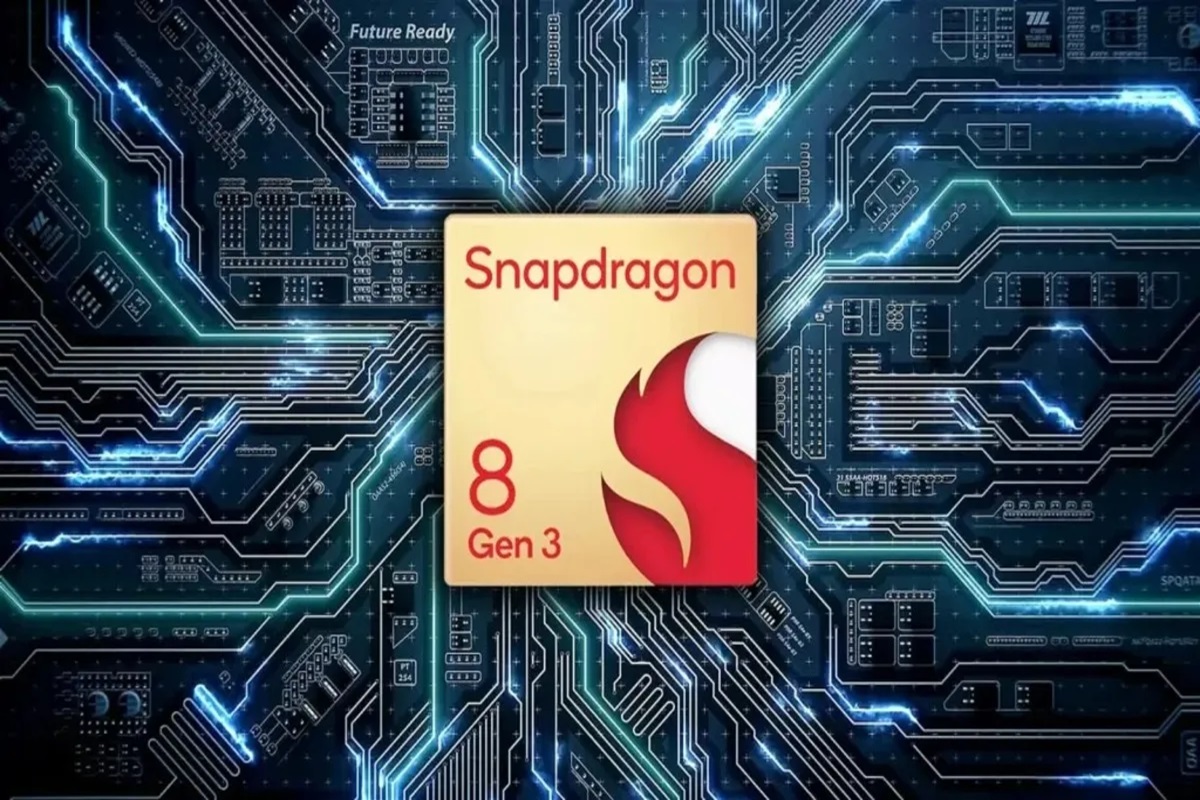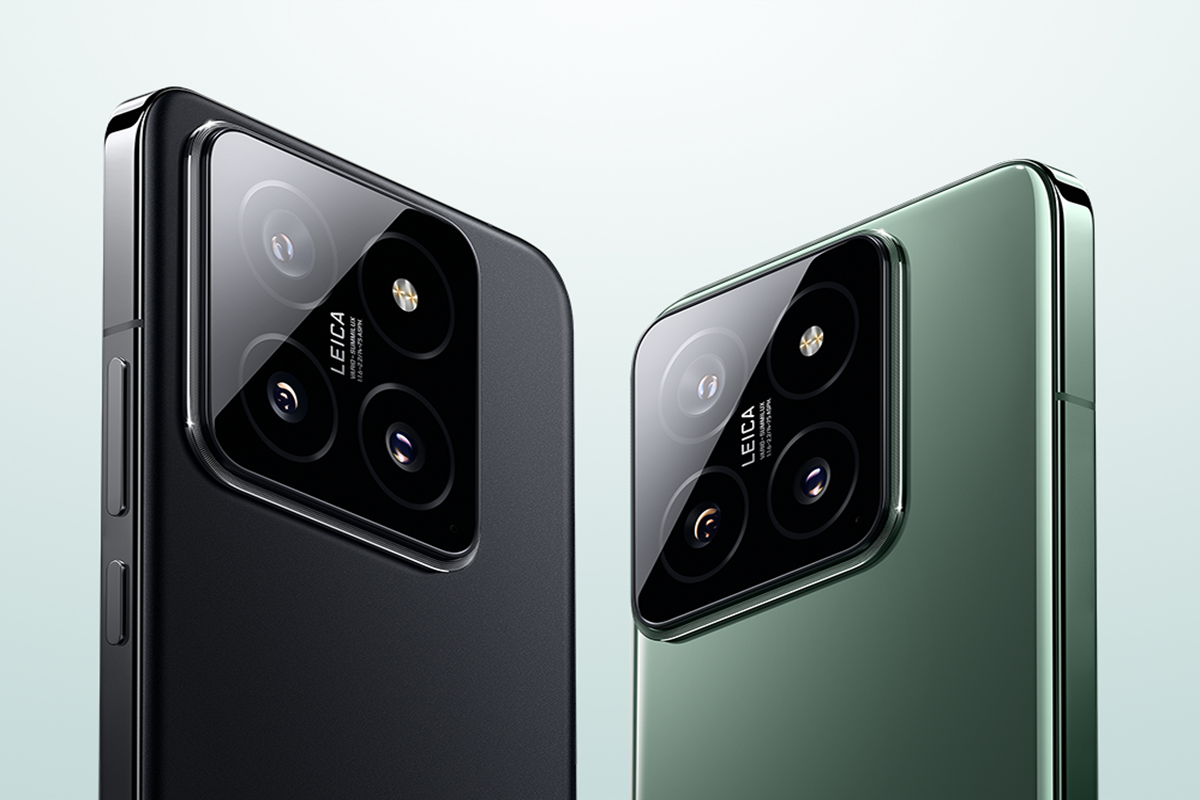In the vast North or Arctic Sea, a significant portion is covered with ice. However, a recent NASA study revealed that 13 percent of the North Sea ice is starting to melt each year. This melting trend, if it continues, could lead to the creation of valuable trade routes by the year 2050 or 2100.

In the past, most of the North Sea remained ice-covered even during the summer months. A tragic event in 1845 saw a British campaign in the North Sea, where all 129 crew members of a ship lost their lives after being trapped in the ice.
Today, things have changed. The ice in the North Sea is showing signs of melting, opening up possibilities for trade routes. It is projected that shipping routes could be accessible for several months every summer. This could prove economically beneficial for shipping, offering a shorter and faster passage.
Despite the potential, there are challenges to face in these waters. Numerous small islands of solid ice dot the route, serving as homes to various animals, including polar bears. The lack of deep-sea ports and limitations in rescue operations pose additional hurdles. Nevertheless, if these challenges can be addressed, the North Sea could become a viable commercial route, potentially saving time and money compared to existing routes through the Suez Canal or Panama Canal.
The Panama Canal is currently a crucial route for commercial shipping from different parts of Asia to North America. However, if the North Sea route becomes operational, it could offer a faster and more direct path, reducing dependence on the Suez Canal or Panama Canal. China, in particular, has shown keen interest in this development, recognizing potential advantages in communication and trade.
Climate change is playing a role in this evolving scenario. As the Northwest Hemisphere experiences increasing open water spaces due to climate change, many anticipate that this route will play a pivotal role in the future transportation of goods.
The melting ice in the North Sea is creating new possibilities for trade routes. While historical challenges and environmental considerations must be addressed, the potential benefits in terms of time and cost savings are significant. The changing landscape in the Arctic could reshape the world of shipping and commerce, with countries like China actively exploring the advantages of this emerging trade route. As climate change continues to impact our planet, the economic and logistical dynamics of global trade are also undergoing transformation.








